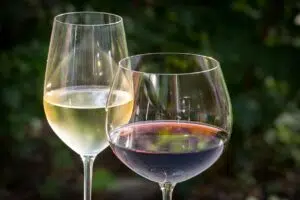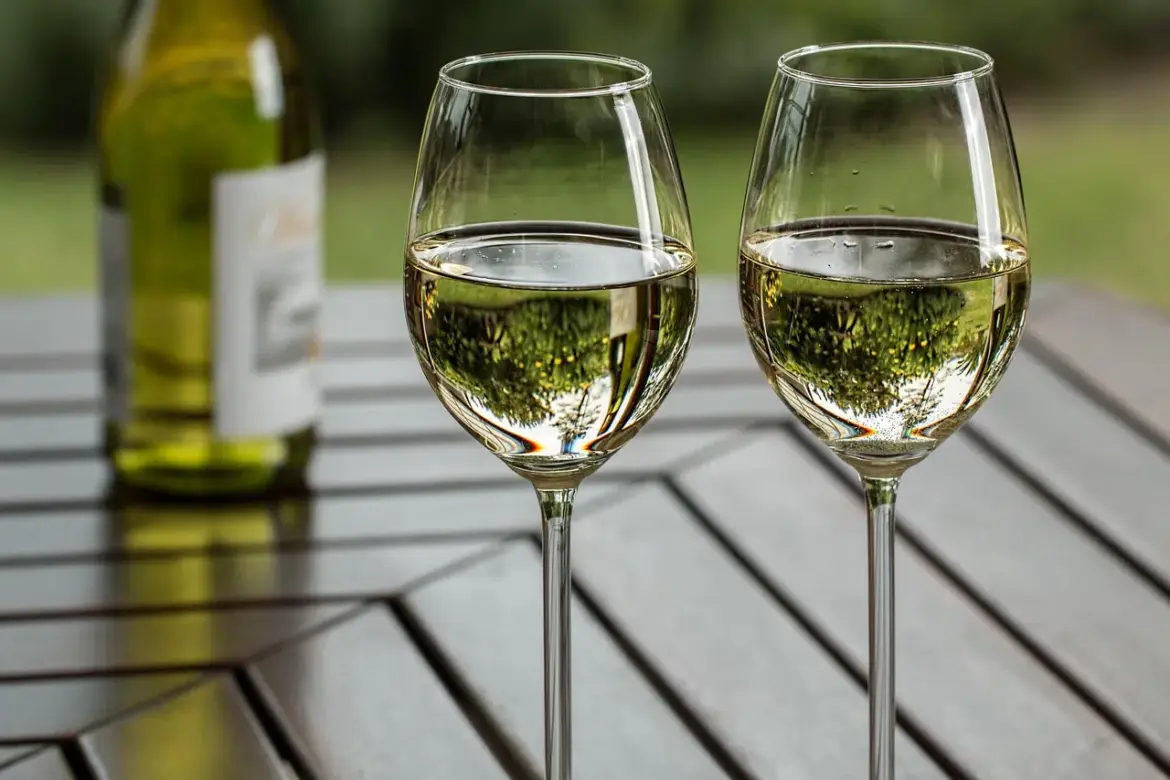The interest in a healthy lifestyle is transforming the way new generations relate to wine. The reduction in alcohol consumption and the search for more balanced products have driven the development of beverages that retain the traditional flavor but without its ethylic effects.
In Argentina, renowned wineries have started producing non-alcoholic wines that maintain their essence and quality, opening a new category in the market. This phenomenon coincides with a historic decline in global wine consumption, the lowest since 1961, according to international records.
This cultural change not only responds to a concern for health but also to a growing interest in integral well-being and sustainability in production processes.
 Lanzan el primer vino argentino 0% alcohol. Foto: Pixabay.
Lanzan el primer vino argentino 0% alcohol. Foto: Pixabay.
Technology that preserves the essence of wine
Achieving a non-alcoholic wine without losing its character involves a complex technological process. The spinning cones technique allows for alcohol removal through a vacuum system at low temperature, preserving the natural aromas and properties of the grape.
Thus, the final result remains wine in its strictest sense: a product obtained by alcoholic fermentation and then dealcoholized, in compliance with the Argentine Food Code.
This advancement was made possible thanks to the authorization of the National Institute of Viticulture, which in 2024 officially enabled the production of dealcoholized wines in the country. The measure marked a turning point for the industry, which is beginning to look strongly towards international markets.
The ecological and social benefits of non-alcoholic wine
The production of 0% alcohol wines not only responds to a healthy demand but also to an environmental logic. By reducing alcohol consumption, the impact associated with its production, transportation, and refrigeration is decreased, processes that require energy and emit greenhouse gases.
Furthermore, by expanding the offer towards more inclusive products, the wine industry can reach consumers who were previously excluded due to health reasons, pregnancy, driving, or medication. This promotes a culture of more responsible and empathetic consumption.
The new approach also promotes a profound social change: drinking wine ceases to be synonymous with alcohol consumption to become a sensory and cultural experience, accessible to all.
 Lanzan el primer vino argentino 0% alcohol. Foto: Pixabay.
Lanzan el primer vino argentino 0% alcohol. Foto: Pixabay.
Fewer calories, more well-being
One of the main attractions of non-alcoholic wine is its low-calorie content. A glass of 0% sparkling wine can contain just 15 calories, compared to 150 in a traditional glass. This difference lies in the absence of ethanol, the component that concentrates most of the calories in alcoholic beverages.
The result is a light option that maintains the flavor and freshness of the original wine but with a much lower impact on the diet. This makes it an ally for those looking to take care of their health without giving up the pleasure of a glass.
The balance between flavor, well-being, and moderation positions these beverages as a modern alternative to excessive alcohol consumption and its metabolic consequences.
Innovation driving a growing market
The category of non-alcoholic wines is in full expansion. Globally, this market is expected to exceed 2.8 billion dollars by 2025, driven by the rise of conscious consumption and alcohol reduction policies.
In Argentina, wineries like Nieto Senetiner, Santa Julia, and Familia Falasco are leading this change, betting on products with lower alcohol content or completely dealcoholized. The trend aligns with a broader ecological vision and social perspective: enjoying without excess and producing without harm.
Non-alcoholic wine, far from being a passing trend, is consolidating as an expression of sustainable innovation and integral well-being. A step further towards a future where health, pleasure, and environmental respect can come together.


Dining and Cooking